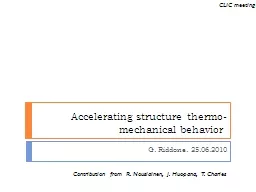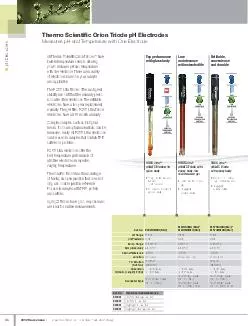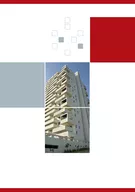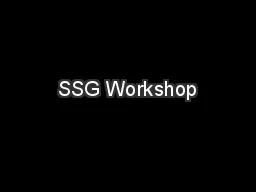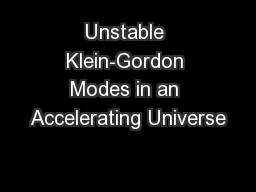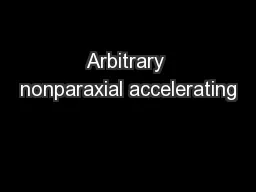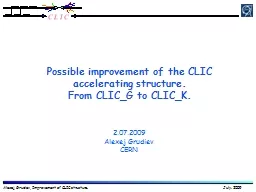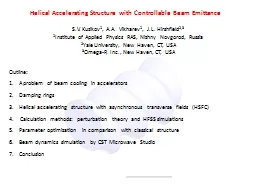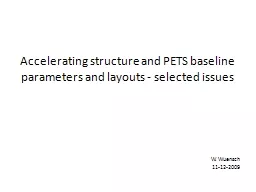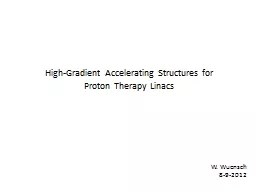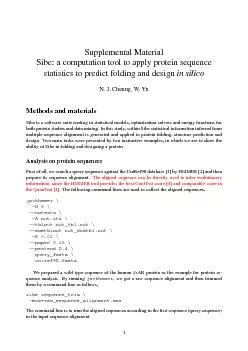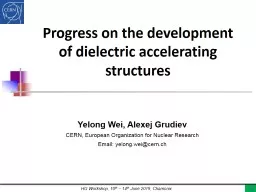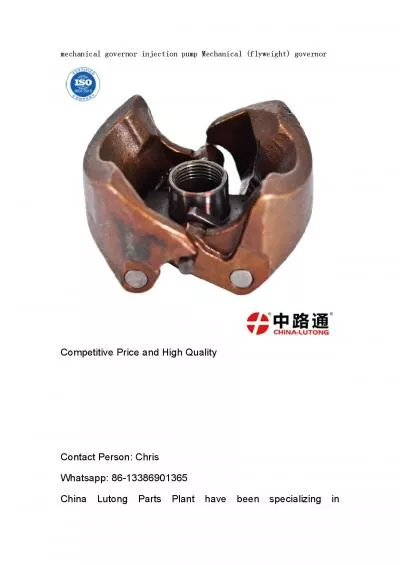PPT-Accelerating structure thermo-mechanical behavior
Author : marina-yarberry | Published Date : 2017-01-24
G Riddone 25062010 CLIC meeting Contribution from R Nousiainen J Huopana T Charles Content Recall of main issues Recall of module heat dissipation Module cooling
Presentation Embed Code
Download Presentation
Download Presentation The PPT/PDF document "Accelerating structure thermo-mechanical..." is the property of its rightful owner. Permission is granted to download and print the materials on this website for personal, non-commercial use only, and to display it on your personal computer provided you do not modify the materials and that you retain all copyright notices contained in the materials. By downloading content from our website, you accept the terms of this agreement.
Accelerating structure thermo-mechanical behavior: Transcript
Download Rules Of Document
"Accelerating structure thermo-mechanical behavior"The content belongs to its owner. You may download and print it for personal use, without modification, and keep all copyright notices. By downloading, you agree to these terms.
Related Documents

